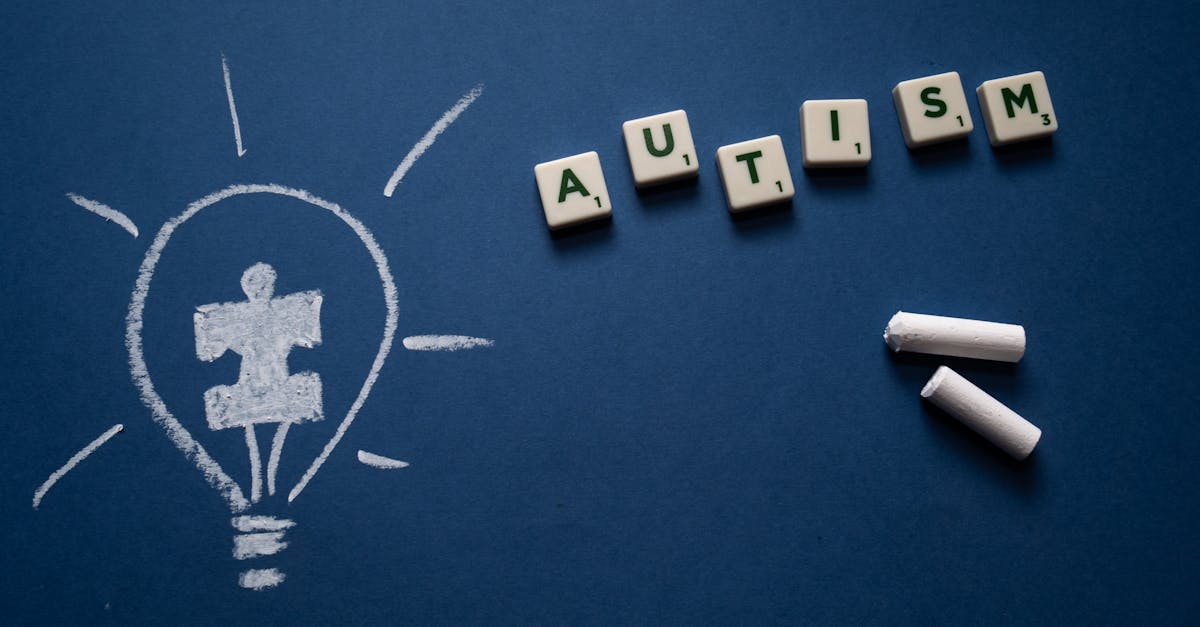Published on:
5 min read
Transformative Autism Therapy: Tailored Solutions for Every Individual
Autism therapy has evolved significantly, emphasizing tailored solutions to meet the unique needs of every individual. With a focus on personalized approaches, families can navigate the complexities of autism with greater confidence and support.

Understanding Autism Spectrum Disorder
Autism Spectrum Disorder (ASD) is a complex developmental condition that affects how individuals interact with the world around them. It manifests differently in each person, with varying degrees of challenges in communication, behavior, and social skills. The spectrum nature of ASD means that therapies must be carefully tailored to fit individual needs. By understanding the characteristics of autism and its diverse manifestations, caregivers and therapists can create more effective and personalized intervention plans. This individualized approach fosters better engagement, helping those on the spectrum to thrive in their daily lives.
Personalized Therapy Approaches
Personalized autism therapy encompasses a variety of approaches, including Applied Behavior Analysis (ABA), speech therapy, occupational therapy, and social skills training. Each of these methods can be adjusted to meet the specific needs of the individual. For example, ABA can focus on reinforcing positive behaviors while minimizing those that are challenging. Speech therapy can vary widely, targeting specific communication goals based on the person's capabilities and preferences. Occupational therapy helps in developing life skills and enhancing sensory integration. By combining these therapies and adapting them to the individual's strengths and areas for growth, caregivers can provide a comprehensive support system.
The Role of Family in Therapy
Family involvement is crucial in autism therapy. Parents and siblings play an integral role in reinforcing skills learned during therapy sessions. Their understanding of the therapy's goals helps create consistency and stability in the individual’s environment. Moreover, families can provide valuable feedback to therapists, allowing for greater adaptability and improvement in therapy effectiveness. Support groups and educational resources for families can further enhance understanding and communication strategies, fostering an inclusive and supportive home environment. Through collaboration, families can encourage autonomy in their loved ones while improving overall family dynamics.
Conclusion
Transformative autism therapy hinges on personalized solutions and family involvement. By focusing on individual strengths and needs, caregivers and therapists can pave the way for meaningful progress. As awareness and understanding of autism continue to grow, tailored therapy approaches stand out as the key to unlocking potential and enhancing the lives of those on the spectrum.
Published on .
Share now!










